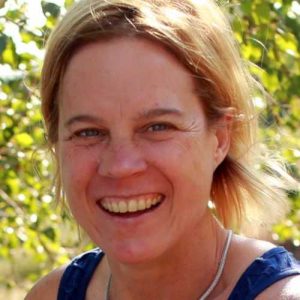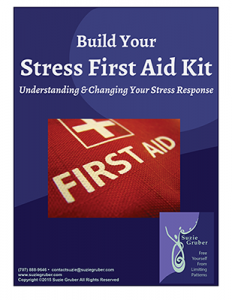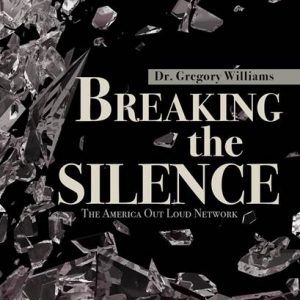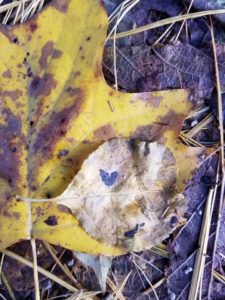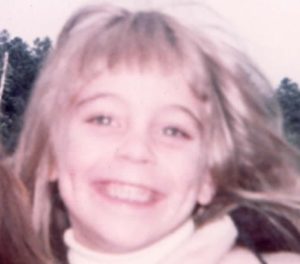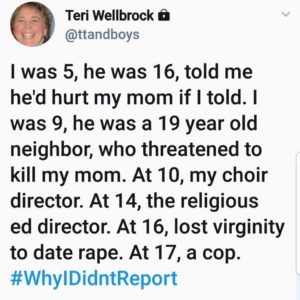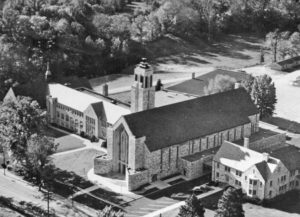Welcome to The Healing Place Podcast! I am your host, Teri Wellbrock. You can listen in on iTunes, Blubrry, Spotify, or directly on my website at www.teriwellbrock.com/podcasts/. You can also watch our insightful interview on YouTube.
I am ever so grateful for the opportunity to sit down with Ingrid Cockhren, ACEs Connection Midwest Regional Community Facilitator, and Sue Fort White, Executive Director of Our Kids, Inc. Thank you, Ingrid and Sue, for the incredible work you are both doing to help create a more trauma-informed world and helping those who are on the healing journey.
Bios:
Sue Fort White, Ed.D.
Our Kids Executive Director
For more than 30 years, Sue Fort White has mobilized resources for underserved populations, including victims of domestic violence, teens and families in crisis, children in foster care and families affected by child sexual abuse. Sue’s work at Our Kids starting in 2006 was a natural progression of her deep commitment to social justice and her desire to connect children and families with the services they need.
Sue is an experienced nonprofit and community leader with specialized skills in:
- Fund development
- Advocacy and ambassadorship
- Program development and promotion
- Coalition building
- Strategic planning
- Board development
- Community outreach
- Leadership development
Education and certifications
- Doctorate degree and masters of education in human development counseling from Peabody College at Vanderbilt University
- Bachelors degree in psychology and literature from the University of Tampa
Awards
- 2013: Distinguished Alumni Award — Ensworth School
- 2010: YWCA Academy for Women of Achievement
- 2007: Hope Award — Tennessee Youth Advisory Council
- 2005: Human Relations Award — National Conference for Community and Justice
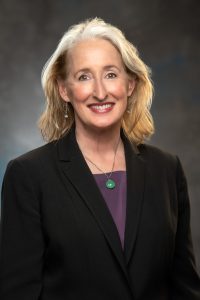
Ingrid Cockhren
ACEs Connection Midwest Regional Community Facilitator
As a survivor of childhood sexual abuse, Ingrid Cockhren knows first-hand how impactful trauma and toxic stress can be on children, families and communities. Subsequently, she has dedicated her professional life to investigating and educating the public about the link between early trauma, early adversity, Adverse Childhood experiences (ACEs) and possible negative outcomes across the lifespan.
Mrs. Cockhren graduated from Tennessee State University with a B.S. in Psychology and from Vanderbilt University’s Peabody College with a M.Ed. in Child Studies specializing in early interventions for children from minority and low-income families. Her research areas are African American parenting styles, Adverse Childhood Experiences, historical trauma and intergenerational transmission, brain development, developmental psychology and epigenetics. She is currently an adjunct professor specializing in developmental psychology at Tennessee State University and the TN & Midwest Regional Community Facilitator for ACEs Connection.
Mrs. Cockhren is also a member of leadership with ACE Nashville, a collective impact in Nashville, TN dedicated to the mitigation of ACEs in the Greater Nashville area. She is currently Chair of ACE Nashville’s Parent & Community Education Committee and serves as an advisor on both Vanderbilt Institute for Clinical and Translational Research’s Community Engaged Research Core Advisory Council and the Lloyd. C. Elam Mental Health Center’s Advisory Board. In addition, she is the creator and
moderator of The State of the Black Woman-Nashville. Ingrid’s experience and affiliations also include Metro Nashville’s Public Schools, Tennessee’s Dept. of Children’s Services, Tennessee’s Office of Child Safety, Meharry, Vanderbilt University’s Peabody Research Institute & Special Education Dept. and Youth Villages, Inc.
Ingrid Cockhren is a Clarksville, TN native who currently resides in Nashville, TN with husband Jurnell Cockhren, founder of Civic Hacker, a software development consulting agency. Ingrid loves painting, cooking and spending time with daughter Yves.
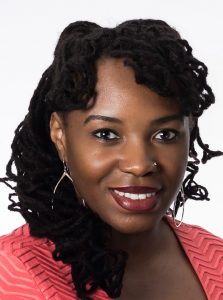
Find out more about these amazing women and their inspirational work at whatifitoldyou.com, ourkidscenter.com, and acesconnection.com.
Peace to you all!
Teri
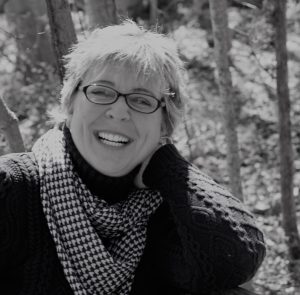
Hope for Healing Newsletter: https://mailchi.mp/9813e51db66b/hope-for-healing-newsletter-december-2018
Book Launch Team: https://www.facebook.com/groups/unicornshadows/




